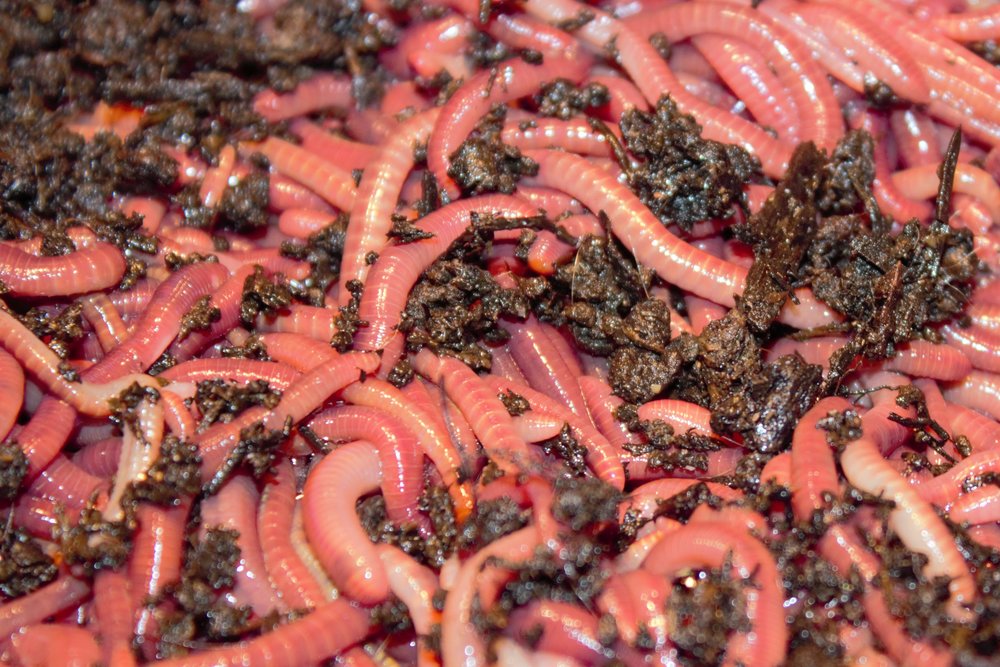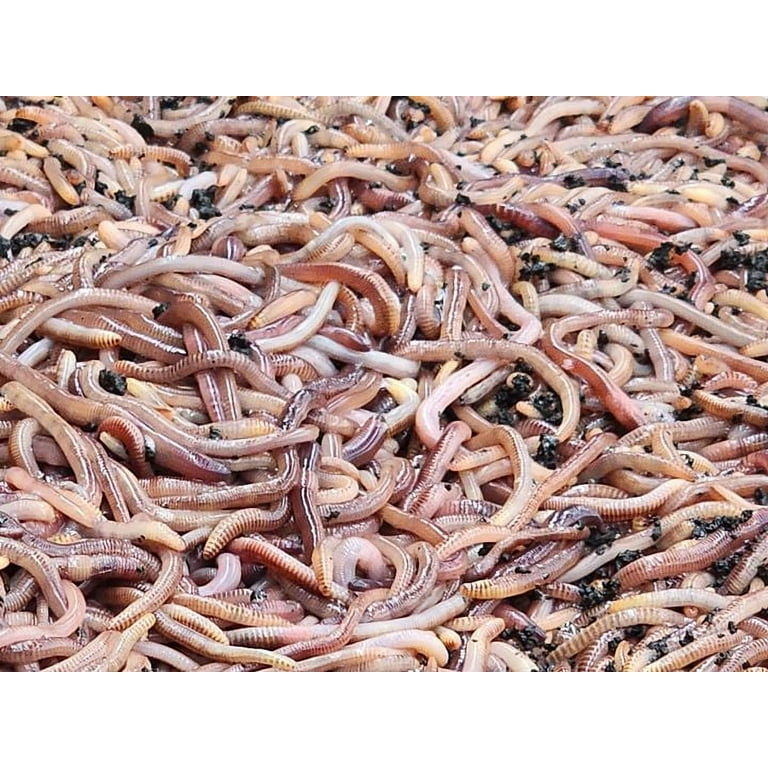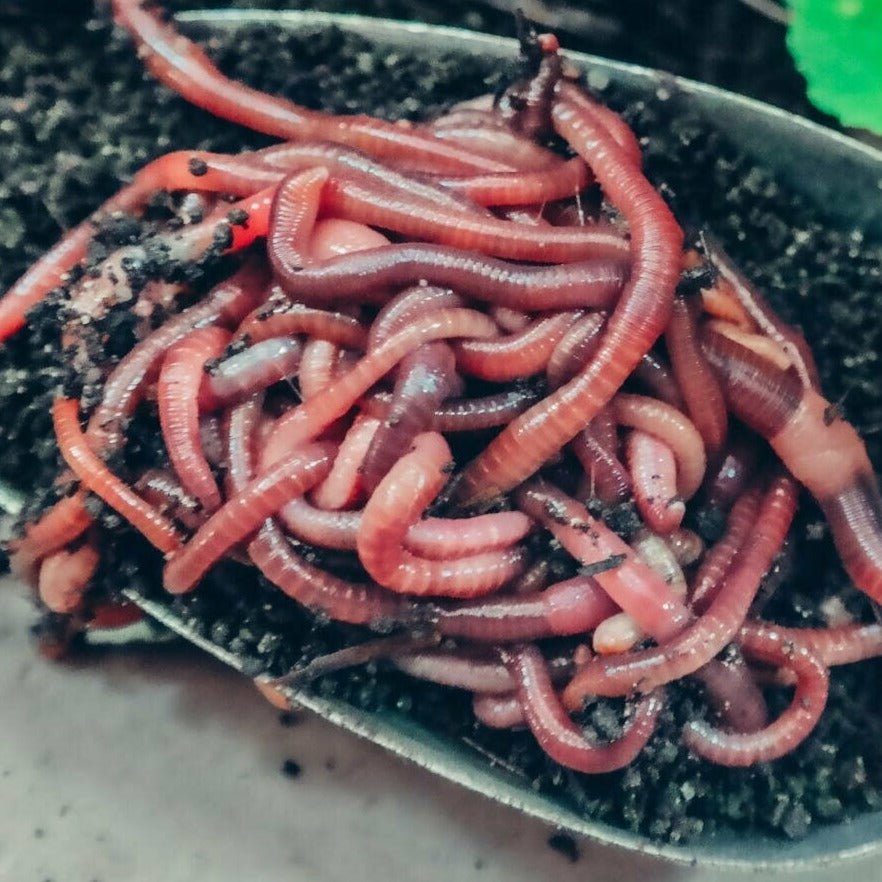Powerful red worms: Improve soil quality
Powerful red worms: Improve soil quality
Blog Article
The Function of Red Wigglers in Sustainable Horticulture
The combination of red wigglers right into sustainable gardening methods supplies a compelling method to improving soil health and lowering organic waste. The effects of using red wigglers expand beyond mere composting; their duty in shaping a more lasting future warrants a much deeper exploration of their benefits and sensible applications.
Comprehending Red Wigglers
Red wigglers, clinically referred to as Eisenia fetida, are a species of earthworm renowned for their function in sustainable gardening and composting techniques - red wigglers. These worms grow in decomposing organic matter, making them specifically reliable in transforming cooking area scraps and backyard waste into nutrient-rich garden compost. Unlike typical earthworms, red wigglers have a greater tolerance for varying wetness levels and can thrive in settings with abundant natural product
(red wiggler fishing worms)Classically, red wigglers are smaller than their earthworm counterparts, usually determining between 3 to 4 inches in length. They have a reddish-brown pigmentation and have a segmented body structure that aids in their burrowing and feeding activities. These microorganisms are hermaphroditic, indicating each private has both male and female reproductive body organs, which allows for efficient populace development under optimal problems.
The habitat choices of red wigglers include wet, dark settings abundant in natural web content, such as compost containers or worm farms. Their ecological function prolongs past composting; they are essential in aerating the soil and facilitating nutrition biking, which ultimately adds to healthier yard ecosystems. red wigglers. Understanding the biology and actions of red wigglers is crucial for those seeking to apply effective vermicomposting in lasting horticulture
Benefits of Vermicomposting
Vermicomposting offers numerous benefits that boost sustainable gardening methods and add to environmental health. One of the main advantages is the change of natural waste right into nutrient-rich garden compost, which improves soil framework and fertility. The spreadings created by red wigglers are packed with beneficial microbes and crucial nutrients, making them an excellent natural fertilizer.
Additionally, vermicomposting significantly minimizes landfill waste. By drawing away kitchen scraps and lawn waste from land fills, this method not just minimizes methane exhausts-- a powerful greenhouse gas-- yet additionally promotes a circular economic climate, where waste is repurposed as a resource.
An additional benefit is the enhancement of soil aeration and water drainage (red wigglers). The burrowing activity of red wigglers develops channels in the soil, enabling air and water to permeate even more quickly, therefore cultivating a much healthier origin system for plants
Furthermore, vermicomposting can be done on a little range, making it easily accessible for city garden enthusiasts and those with limited room. This technique encourages ecological stewardship and understanding, as individuals come to be more involved with their waste monitoring methods. Ultimately, vermicomposting represents a sustainable, reliable, and green approach to horticulture that profits both plants and the world.
Just How to Beginning Vermicomposting
Beginning your very own vermicomposting system can be a rewarding endeavor that enhances your sustainable horticulture practices. To begin, select an appropriate container, such as a plastic bin or wood box, with excellent drain and ventilation. The size will certainly depend on the quantity of kitchen scraps you create; a container of 10-14 gallons generally is sufficient for a home.
Following, prepare the bed linens product. Shredded newspaper, cardboard, and coconut coir are superb options, supplying a comfy environment for the red wigglers. Purpose for a bed linen depth of about 4-6 inches, which must be moist but not soggy.
When the bed linens is developed, introduce your worms. Red wigglers (Eisenia fetida) are the most suitable for composting. Start with about one pound of worms for every 2-3 extra pounds of kitchen scraps weekly.
Begin including kitchen area waste, staying clear of meat, dairy products, and oily foods, as these can draw in pests and develop smells. Frequently keep track of the bin's moisture degrees and temperature level, ensuring it continues to be within the suitable array for worm task. With these first actions, you'll be well on your way to developing nutrient-rich compost for your garden.
Keeping a Healthy Worm Bin
A growing worm container needs constant treatment and attention to preserve an optimal atmosphere for the red wigglers. Secret aspects to check consist of moisture degrees, temperature level, and food supply. Preserving a moisture level akin to a wrung-out sponge is essential; way too much water can lead to anaerobic problems, while inadequate can dehydrate description the worms.
Temperature is additionally essential, as red wigglers thrive in a variety of 55 to 77 levels Fahrenheit. Extreme temperatures can stress the worms, possibly causing mortality. Putting the bin in a climate-controlled location or using shielding materials can assist regulate temperature level fluctuations.

Lastly, oygenation is important. Consistently turning the bed linen and using a fork or shovel can stop compaction and promote air flow, making certain a healthy, flourishing environment for the red wigglers. By adhering to these practices, garden enthusiasts can keep an efficient worm bin that supports sustainable gardening initiatives.
Effect On Dirt Health And Wellness
Enhancing soil health with using red wigglers is a fundamental element of lasting gardening. These worms, recognized scientifically as Eisenia fetida, play a vital function in enhancing soil framework and fertility. By eating raw material, red wigglers break down complex materials right into less complex compounds, a procedure referred to as vermicomposting. The end product, worm castings, is rich in important nutrients, consisting of nitrogen, phosphorus, and potassium, which are important for plant development.

(Granite Falls Worm Farms)Research studies have revealed that dirts enhanced with worm castings display enhanced microbial activity and improved fertility, leading to greater crop yields. By integrating red wigglers right into gardening practices, garden enthusiasts not just enhance their dirt but likewise add to an extra lasting farming system, emphasizing the interconnectedness of dirt health and wellness and ecological stewardship.

Final Thought
In final thought, red wigglers significantly add to sustainable gardening via their efficient vermicomposting methods. By promoting waste decrease and promoting a circular economic situation, red wigglers arise as important elements in green horticulture efforts, underscoring their important duty in environmental sustainability.
Report this page